Most popular
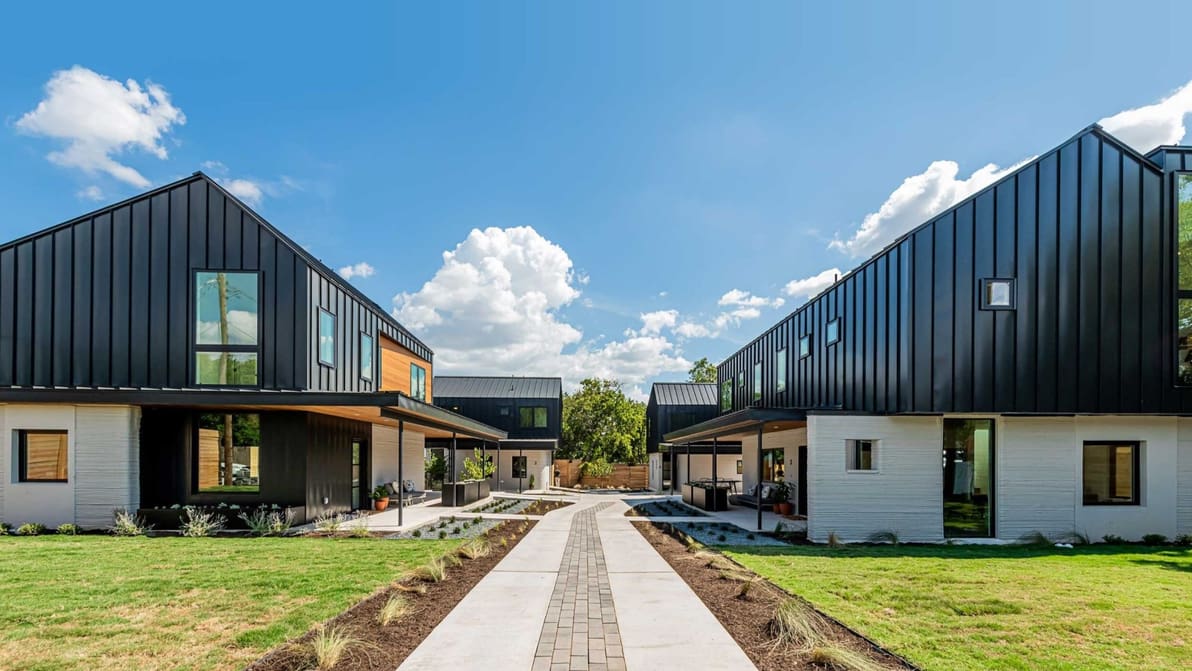
3D printed houses are popping up all around the globe! Read on for some interesting projects, and find out how much a 3D printed house costs.
You've heard of them, but what's the real potential of 3D printed houses? Learn why this technology is changing the face of construction.
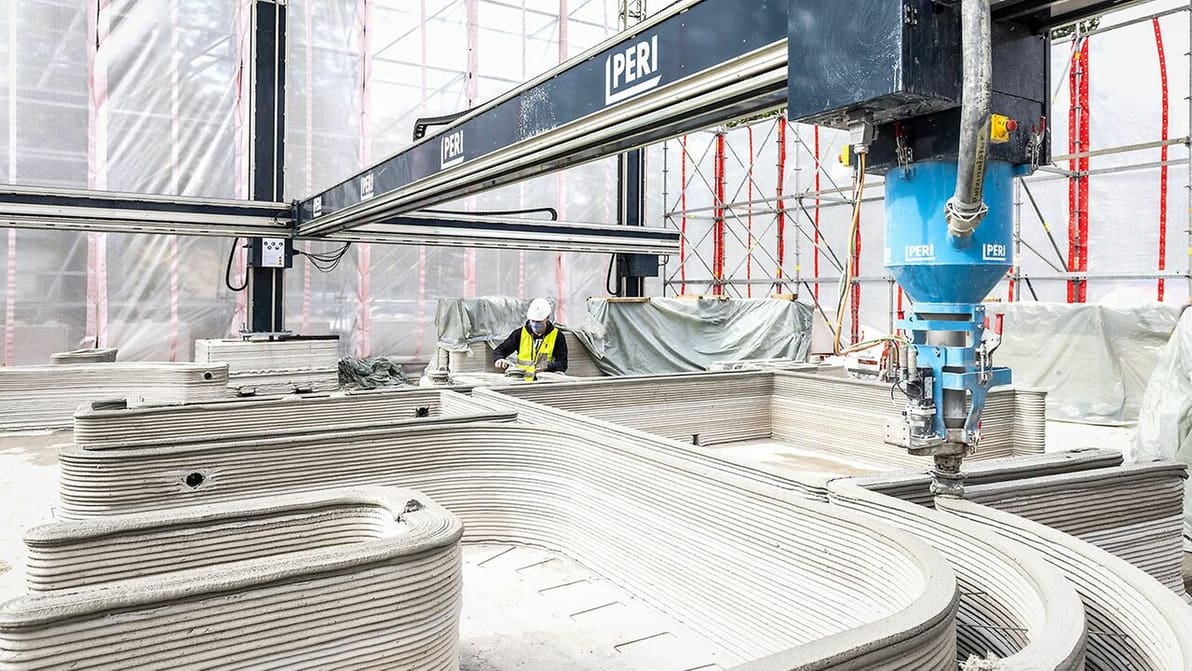
At least the idea of 3D printed houses has been around for a while. Learn about the first 3D printed house projects turning it into reality.
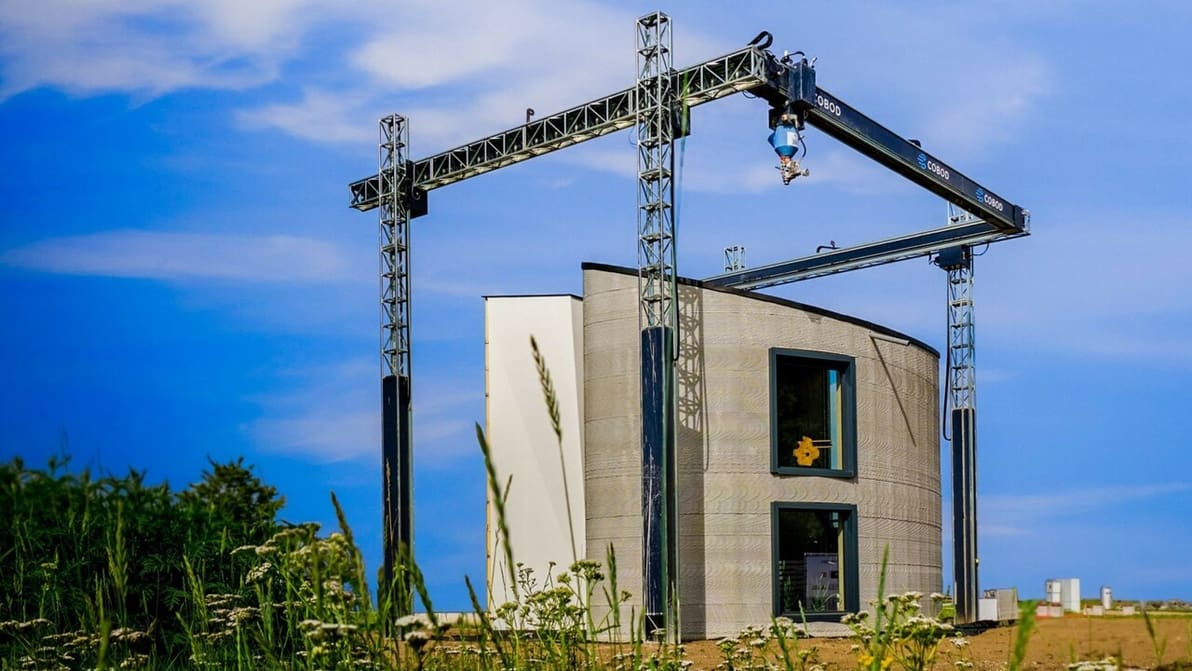
3D printing is all the rage in construction, but are 3D printed houses that much cheaper than traditional ones? Read about all about them.
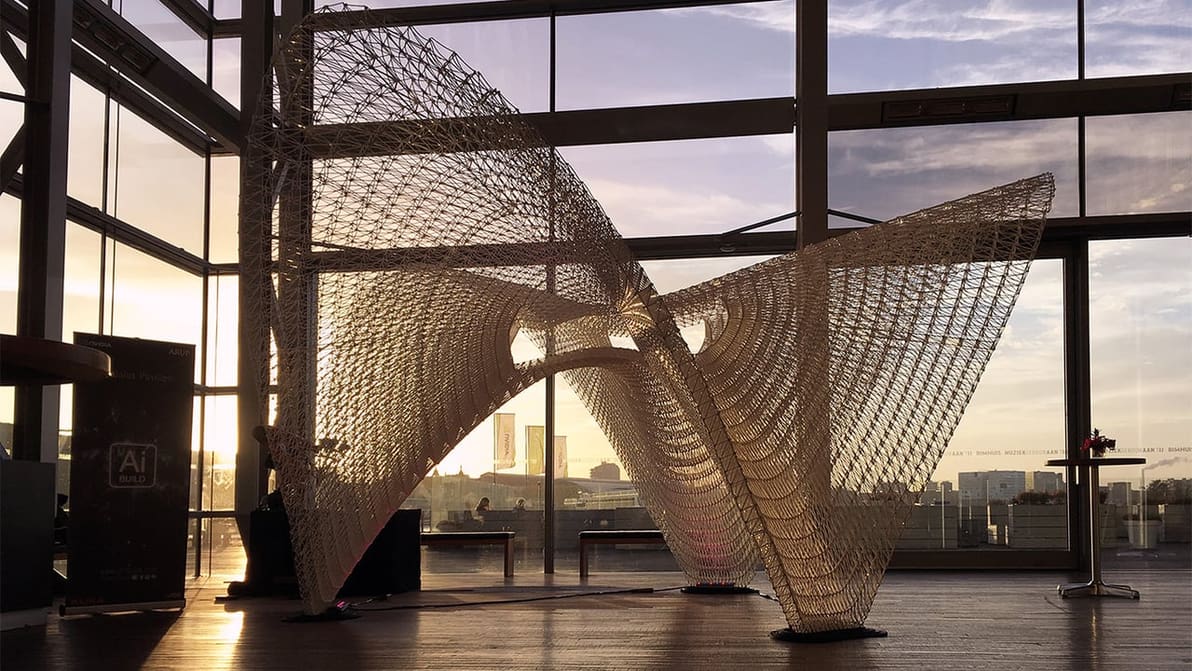
The unique advantages of 3D printing are starting to be seen in construction and design. Check out these awe-inspiring 3D printed structures.
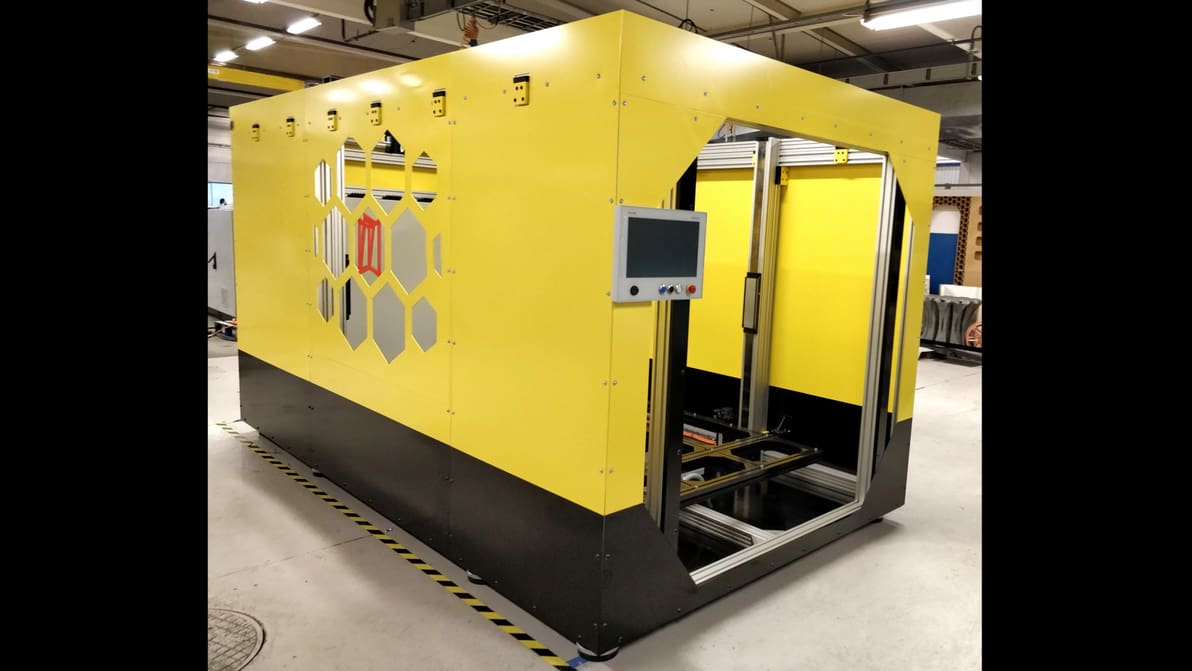
Swedish company NorDan is preparing to 3D print windows and doors, in some cases up to 1.5 meters wide and 2.5 meters tall!
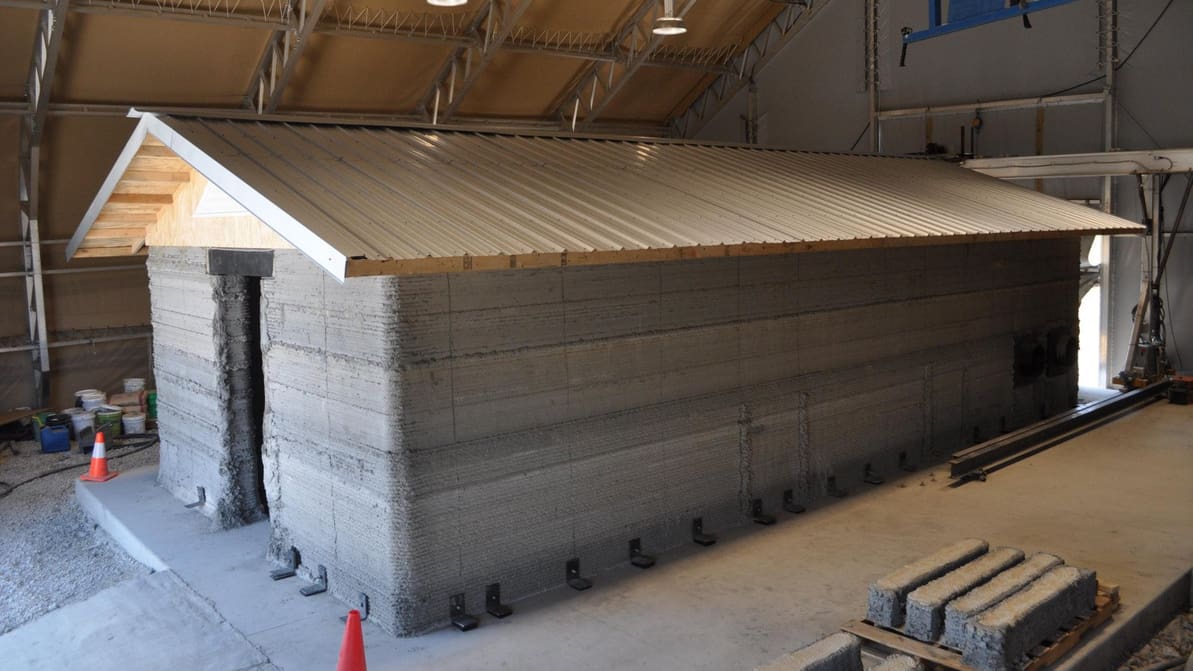
A team from the US Army Engineer Research and Development Center (ERDC) used 3D printing to create the country's largest 3D printed building.
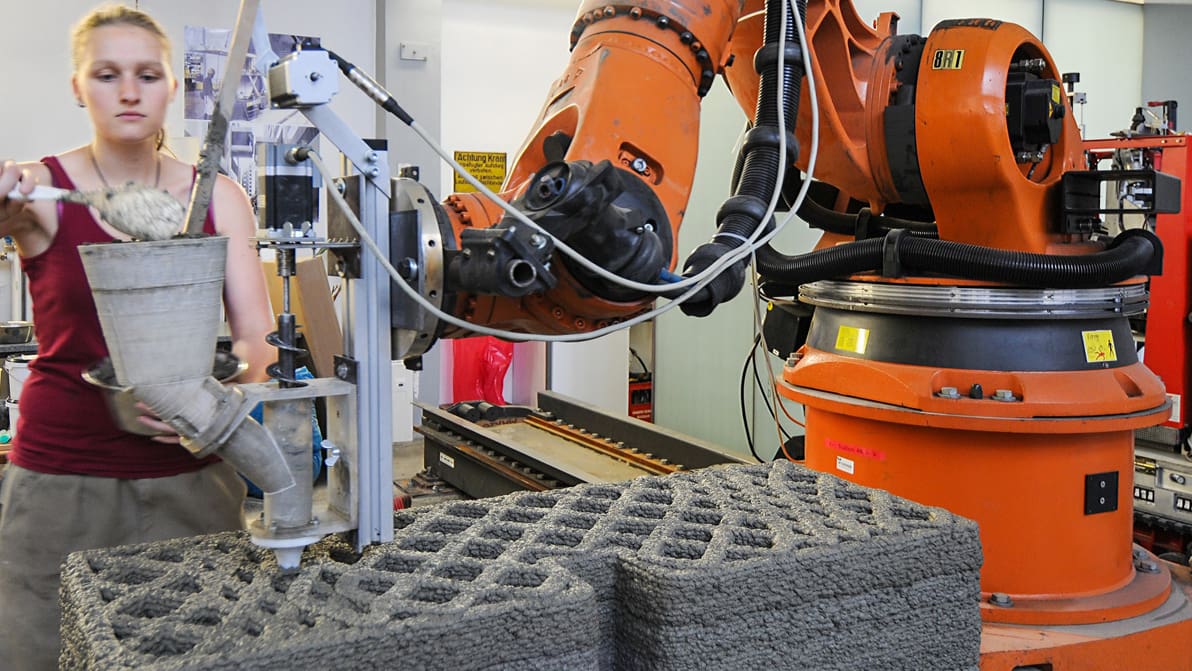
Researchers at the Technical University of Munich experiment with different methods of 3D printing concrete to revolutionize architecture.
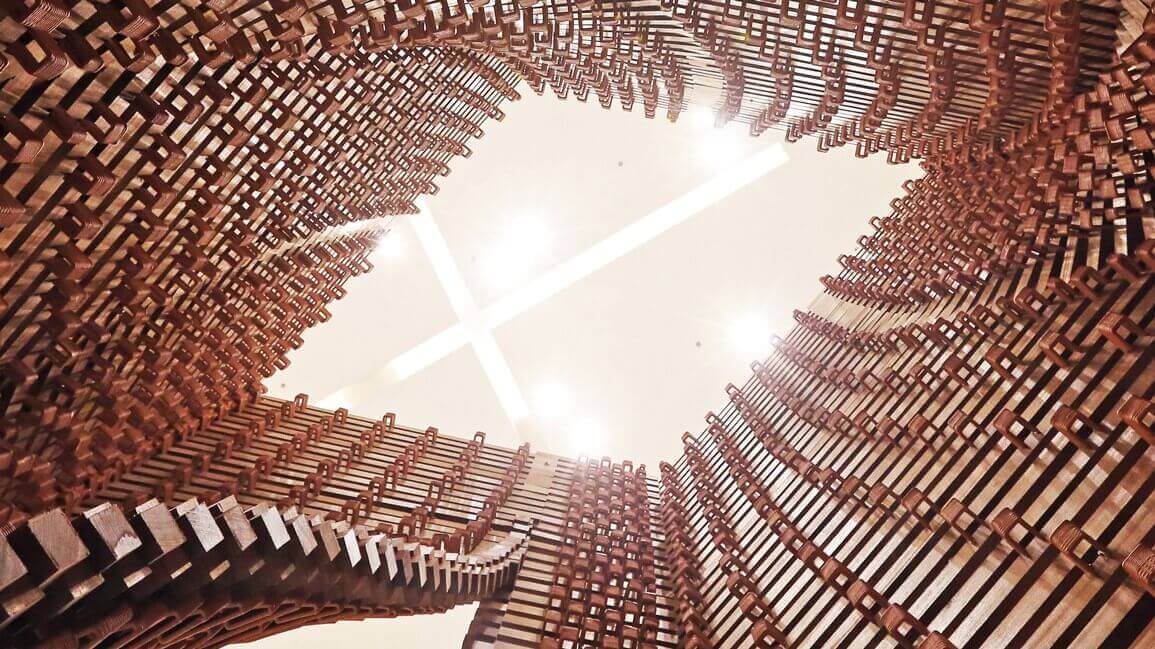
Students 3D printed terracotta bricks and created the Ceramic Constellation Pavilion to prove the technology's uses in architecture.

Students from the College of Environmental Design spent their summer break in Kenya, learning about 3D printed houses for BetterPlace International.
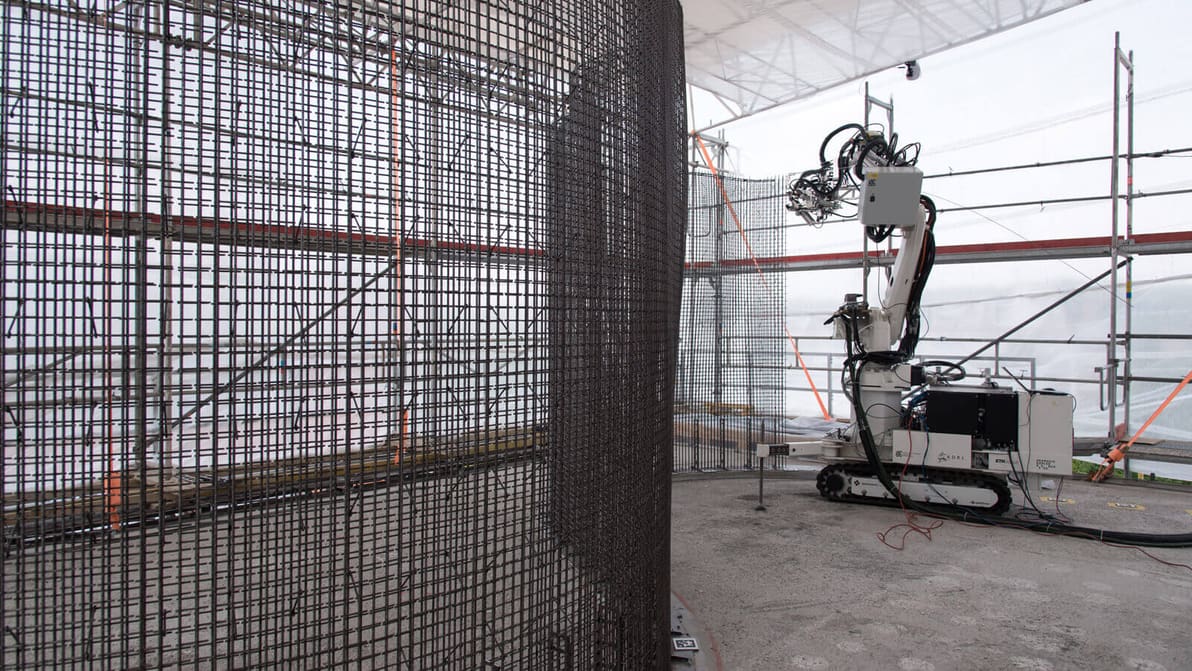
The DFAB HOUSE is the world's first building made from predominantly digital processes by a collaboration of professionals in Switzerland.
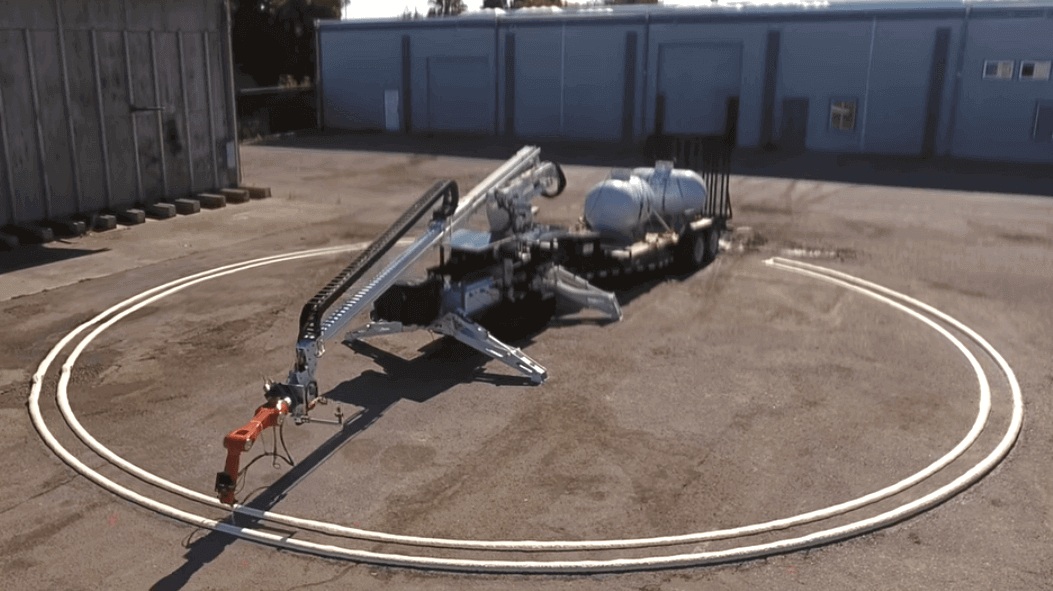
MIT researchers are developing an autonomous construction rig that uses 3D printing and robotics to quickly create structures.
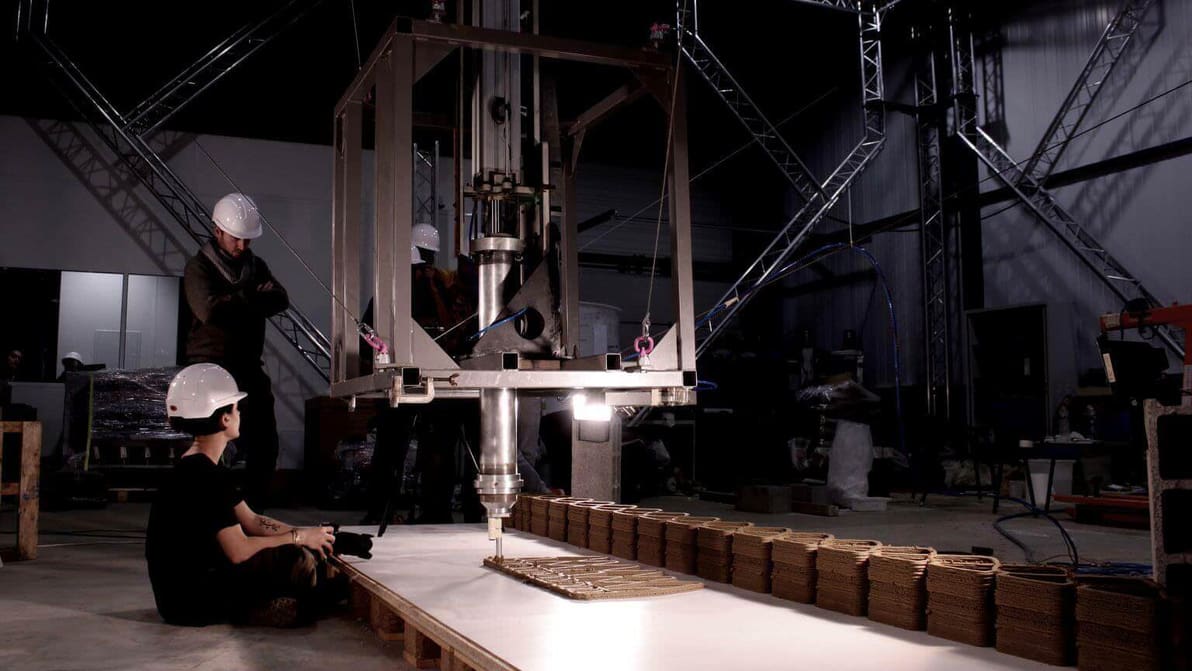
Spanish engineers unveil Cogiro, the world’s first cable-driven robot that is capable of 3D printing small buildings.
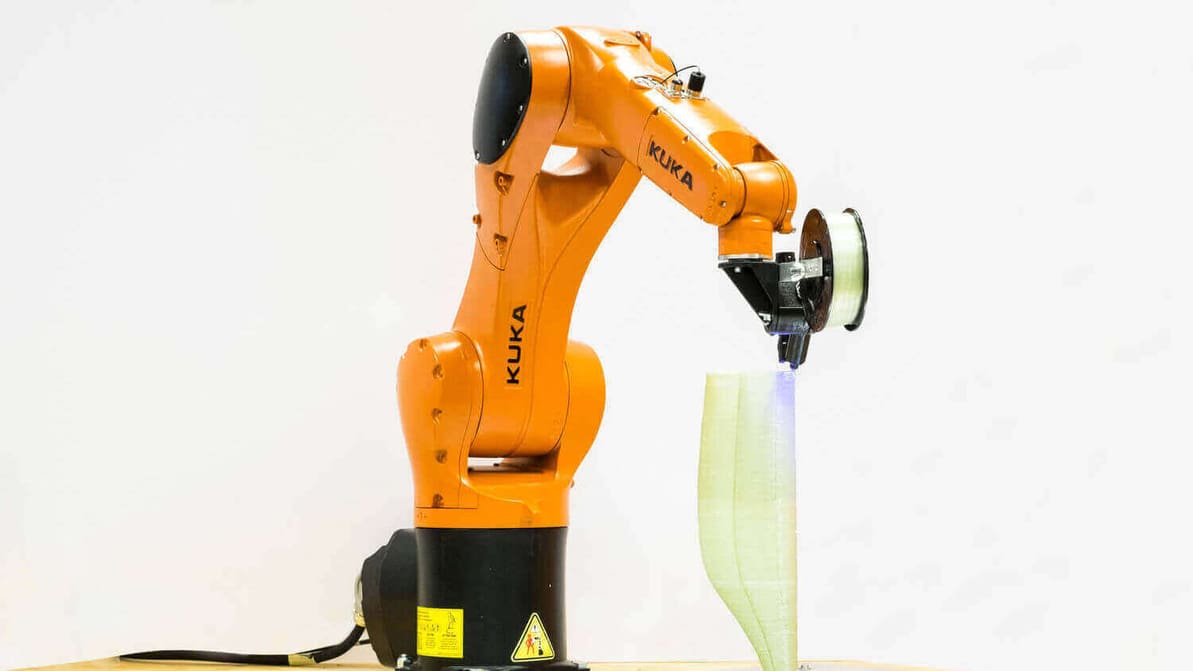
Atropos is a 6-axis robot arm which can 3D Print Fiberglass Composites and could make printing buildings a lot easier and quicker.
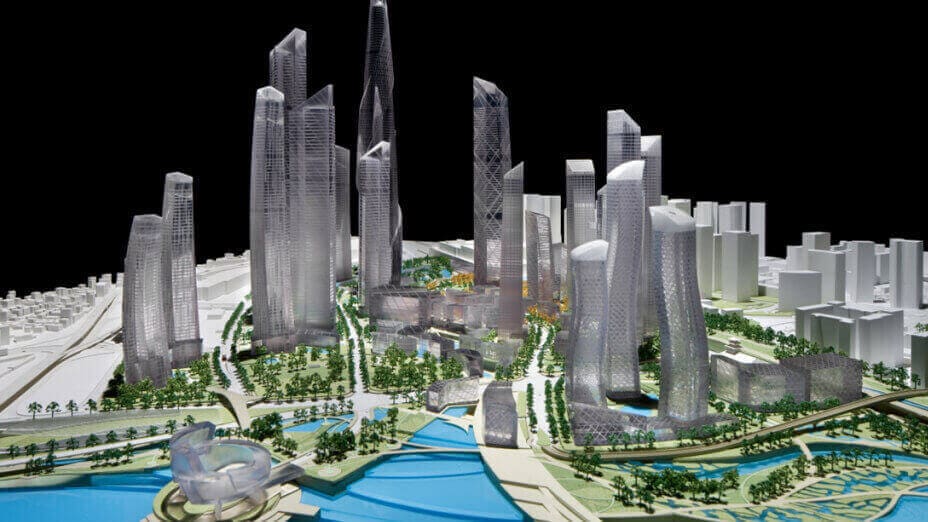
Cazza is a Dubai-based start-up which has released ambitious plans to use "crane printing" and build the world's first 3D printed skyscraper.
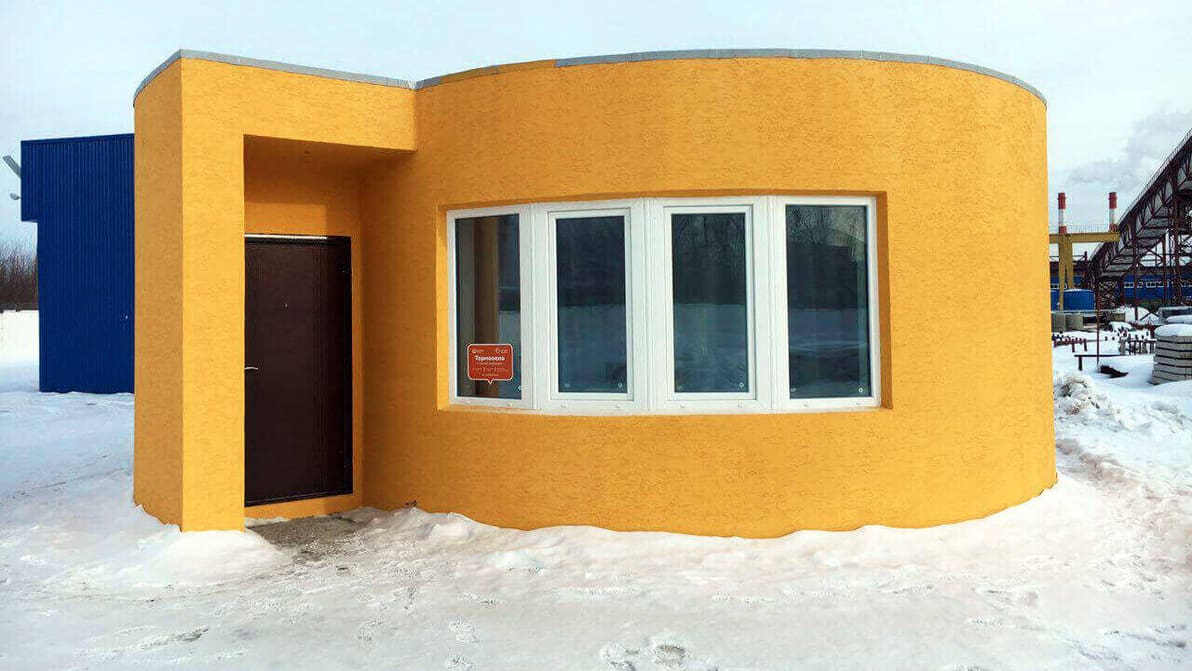
Construction company Apis Cor shows us the future of residential housing; a building 3D printed in just 24 hours at a cost of $10,154 dollars.
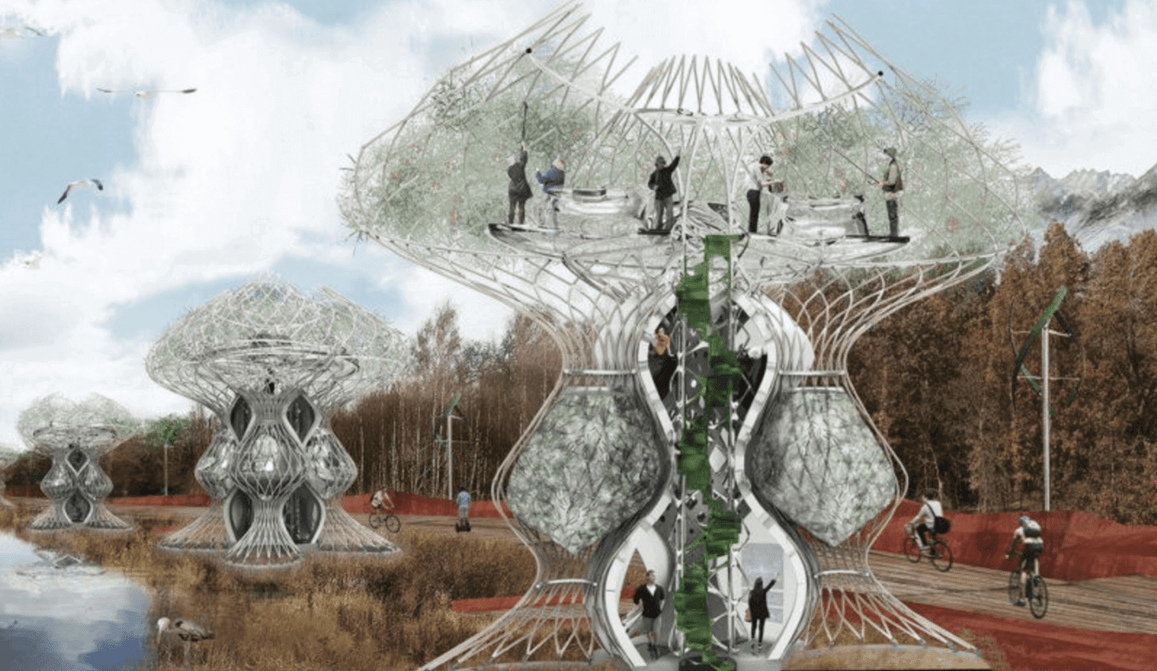
In the future, a self-sufficient 'Aquaponic home' could allow your family to grow veggies and fish without waste or pollution.
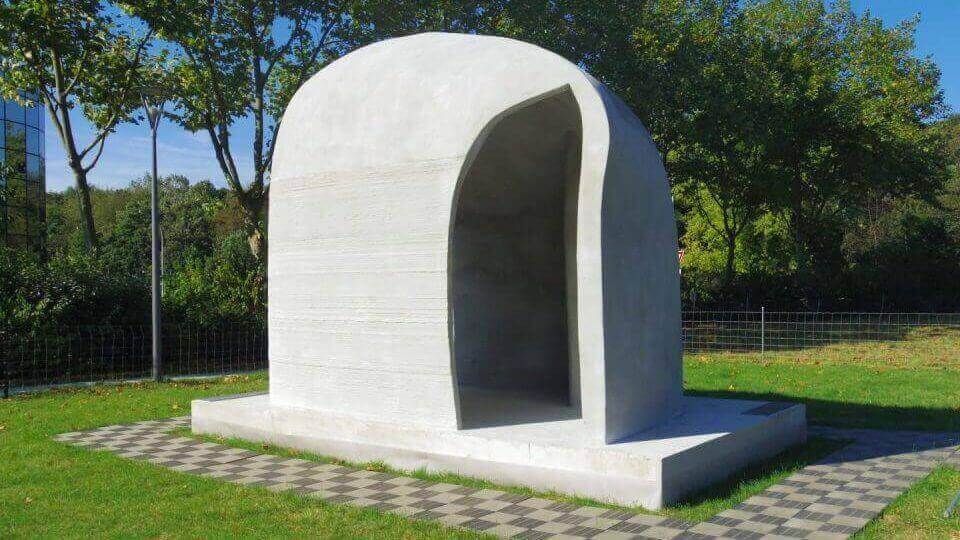
A 3D printed pavilion inspired by nature is a first in Europe, showcasing the future of sustainable architecture with additive construction.
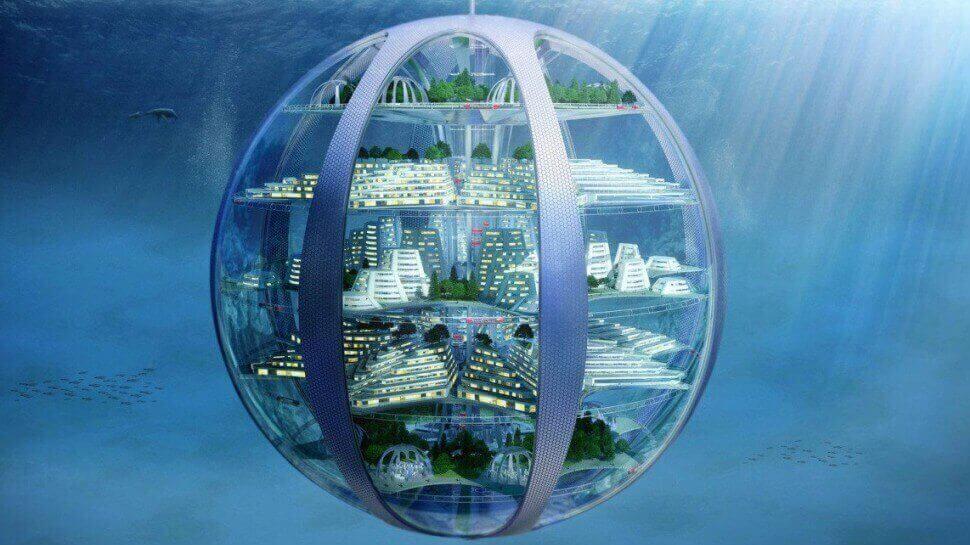
Future Living Report speculates that in 100 years we'll live in underwater cities, holiday in space, and 3D printed food and buildings will be the norm.